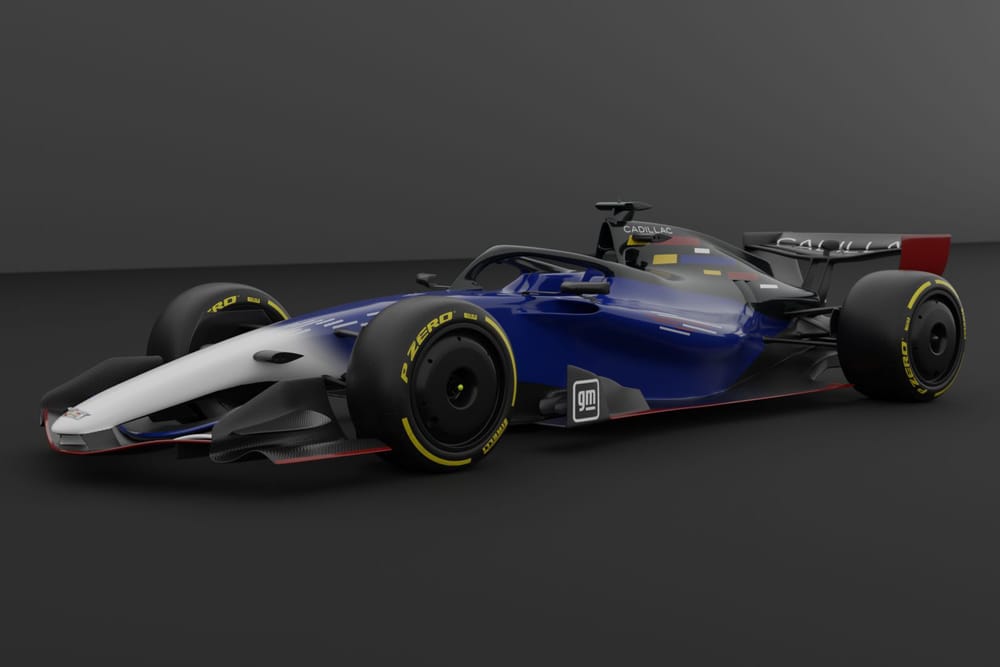As the 2026 regulation overhaul looms ever-larger on Formula 1's horizon, so the claims it is the most seismic in grand prix history will grow to a deafening chorus.
Repeat something often enough and it becomes fact, but without guaranteeing it's true. No one would dispute the scale of the transformation, but is it really the biggest ever?
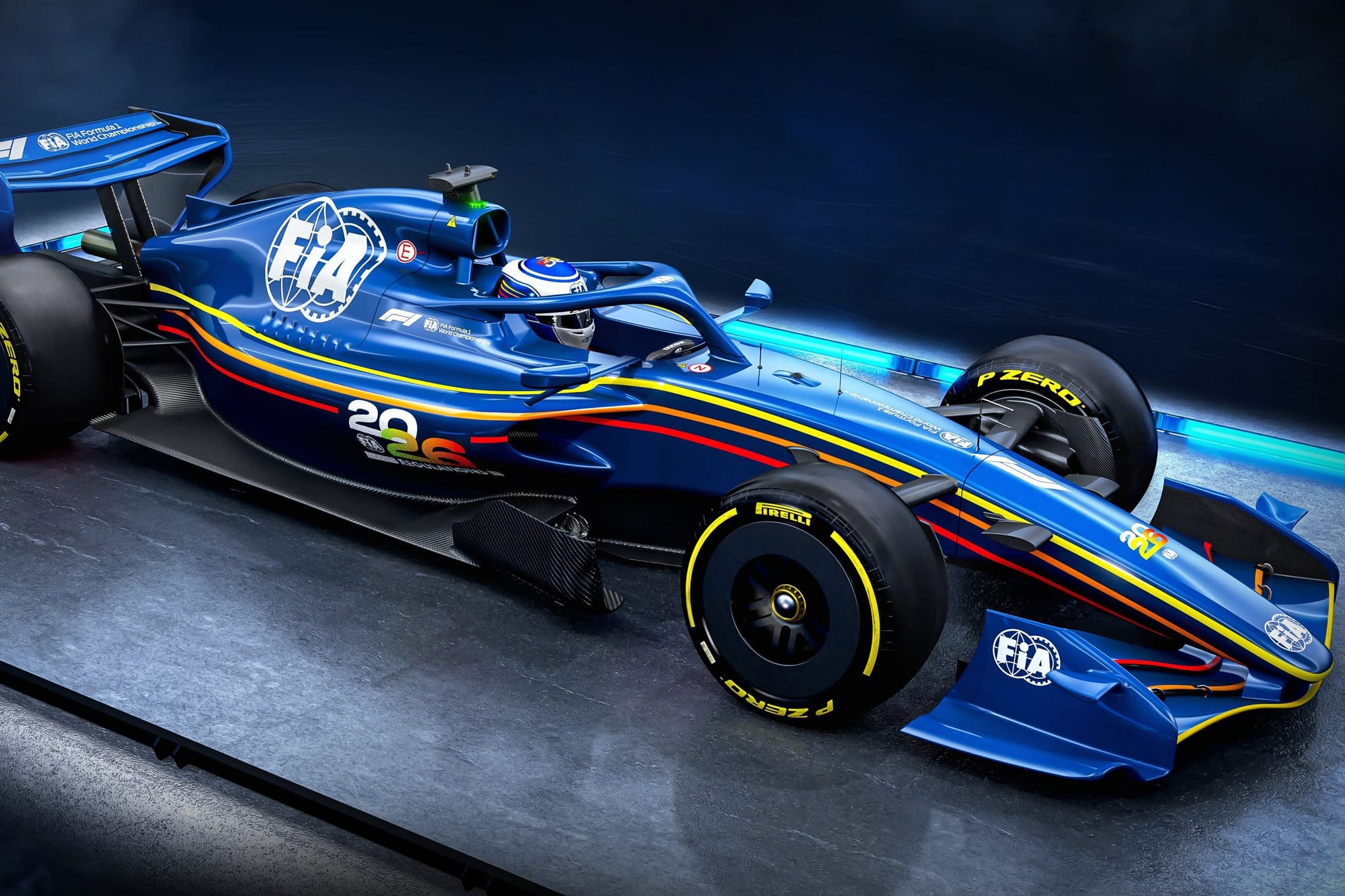
Red Bull team principal Christian Horner recently declared that "2026 is the biggest reset in probably the last 60 years of F1".
Many will recall similar proclamations about the introduction of the current rules package in 2022, the dawn of the 1.6-litre turbo hybrid power unit era in 2014 and, if blessed with a long memory, the introduction of flat-bottomed cars in 1983 that ended the first ground-effect car era, or even the switch to 1.5-litre engines back in 1961 and 'return to power' five years later - a move that created the shortlived Intercontinental Formula breakaway.
Then you have moves such as the electronic 'gizmo' ban of 1994, or the switch to narrow-track cars and grooved tyres four years late, to name just two more. Change is the one constant in F1.
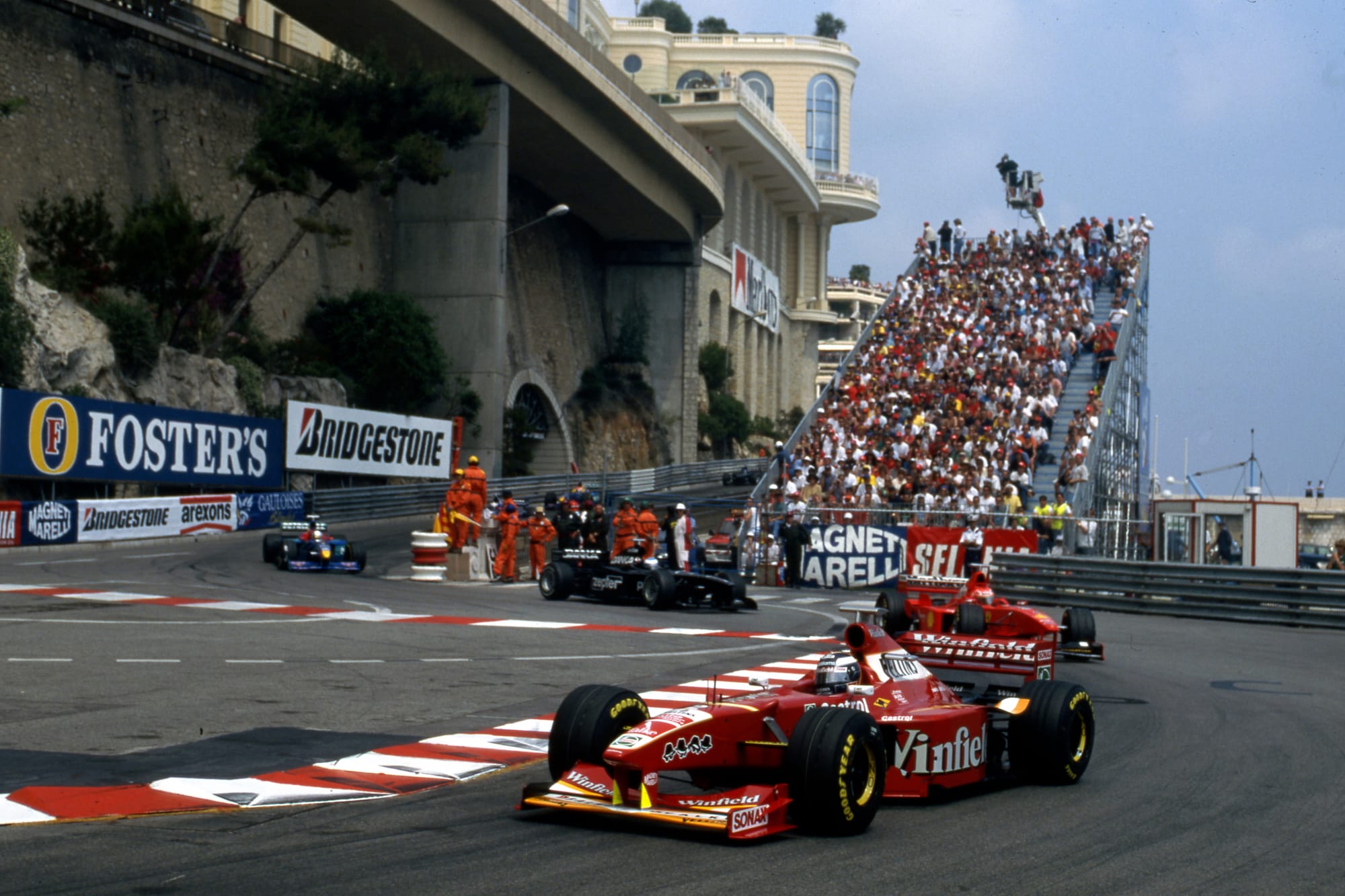
When the rules for what was first referred to as International Formula Number One were first laid out in 1946, they were perfunctory by any standards, let alone those of today, with the latest issue of the 2026 technical regulations weighing in at 260 pages.
Originally, F1 was largely a blank canvas, but over time the regulations have become ever-more prescriptive to the point where today's version provides a complex three-dimensional framework on which to express yourself largely in details. As F1 moved from a freer, technology-limited methodology to one restricted primarily by what the rulebook allows, so increased the chances of a new ruleset making a bigger difference.
The strongest pre-21st century contender is the 1983 flat-bottom change given this fundamentally reset the direction of travel for car development with the move away from powerful venturi tunnels. Adrian Newey described the 2022 return of such cars as "the biggest single regulation change we've had since the old ground effect venturi cars were banned at the end of 1982".
There's no reason to dispute Newey’s position, and not just because of who he is. None of the rules rewrites between 1983 and 2022 had so profound an impact on both the engine package and car.
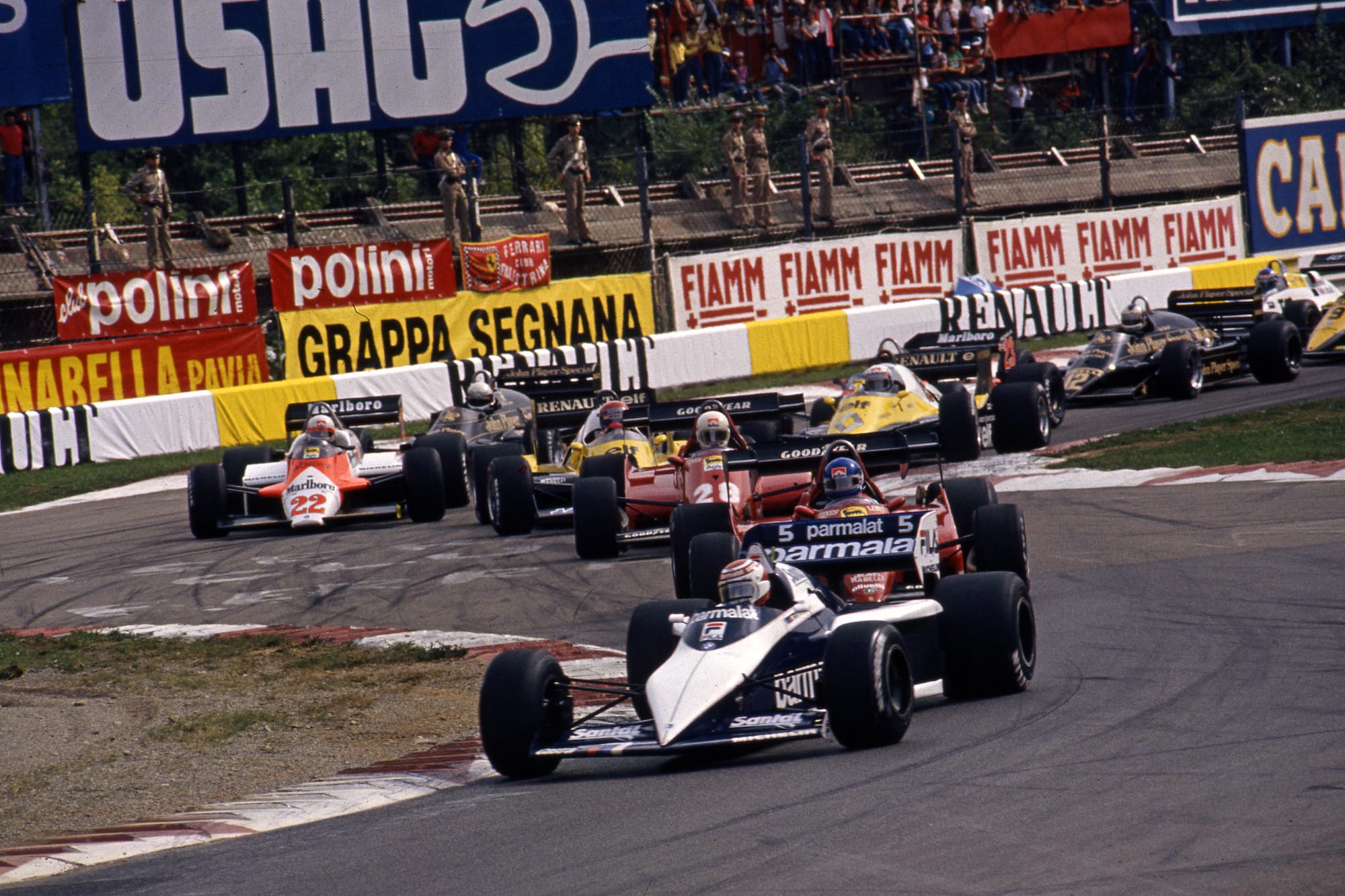
And this is the clinching argument in favour of the 2026 regulations being F1's biggest. In 1983, the engines remained stable, while the same applied in 2022, a year in which the cost cap introduced the previous year truly kicked in given it had inhibited the design work conducted in 2021. But 2026 revises profoundly both the cars and power units.
While Newey didn't explicitly dub the new rules the biggest-ever transformation, he told Germany's Auto Motor und Sport that "I can't remember another time in Formula 1 when both the chassis regulations and the engine regulations have changed simultaneously". And as he emphasised, the reason for that is that the FIA has focused solely on the power units with everything else following that choice.
This article was first published in The Race Members' Club on Patreon.
For early access to our F1 experts' columns plus other bonus and ad-free content, click here to join the Members' Club.
That might sound counterintuitive, but the push towards approximately a 50/50 split of hybrid to conventional power through the increase in the output of the electric motor from 120kW to 250kW was defining. This, the FIA argues, was necessary to match the direction being taken by road car manufacturers through the push for electrification and not only shore up, but also expand, support from the automotive companies.
Nikolas Tombazis, the FIA's head of single-seater department, has argued only two manufacturers - presumably meaning Ferrari and Mercedes - would have remained rather than the expanded roster of five (Ferrari, Mercedes, Ford, Honda and Audi, minus the exiting Renault) that should be on the 2026 grid.
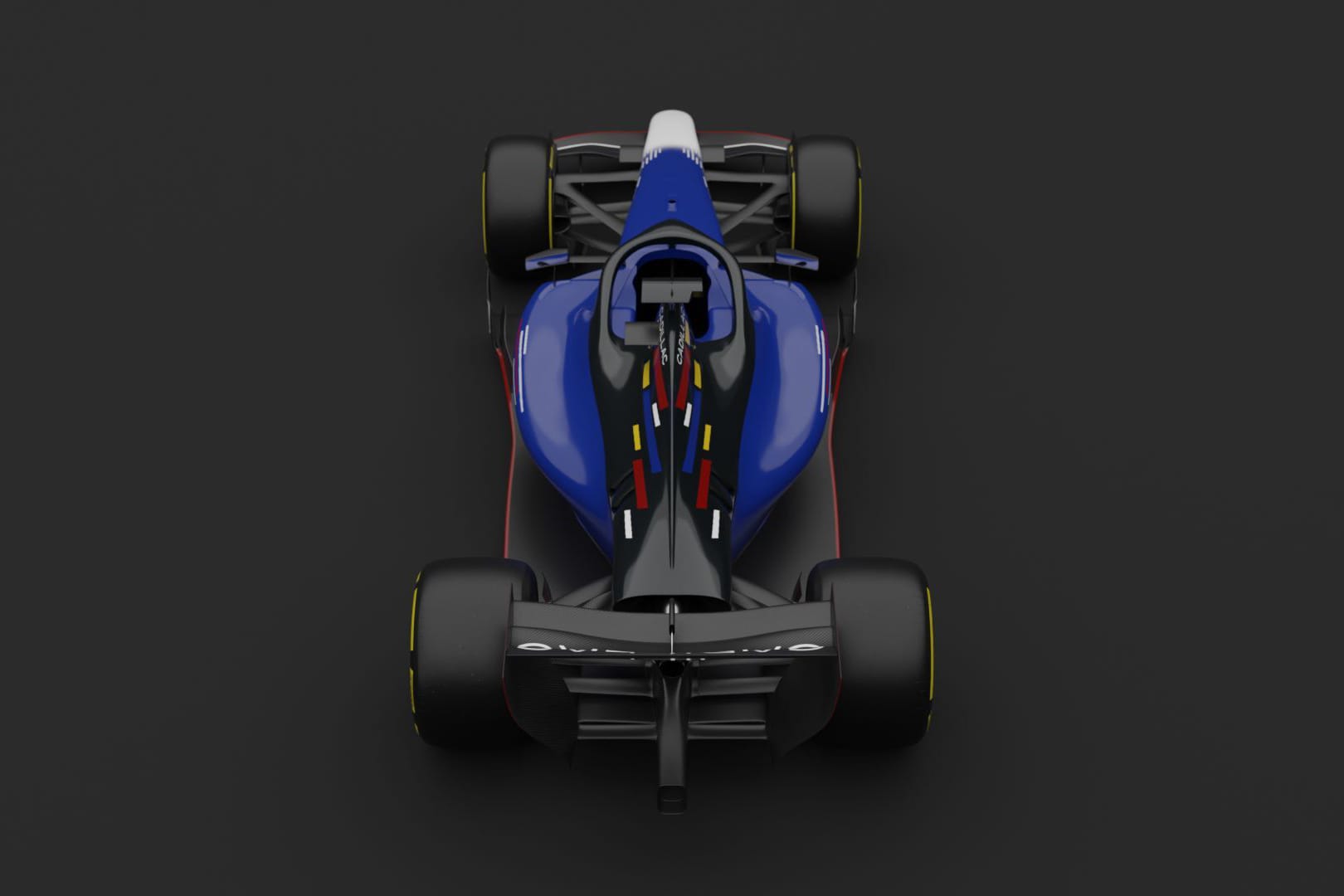
Once that was decided, it created a whole host of problems that directly led to the chassis revamp. While there are measures designed to improve the racing, with an attempt to mitigate aerodynamic outwash and make it easier to follow, as well as a desire to make the cars a little smaller and lighter - along with a push to raise the ride height and discourage running cars so low and stiff - mostly it's about clawing back the performance lost to the power unit compromises.
While the peak power output is still expected to be pushing 1000bhp and beyond (despite the 50/50 intention in terms of power split, the V6 itself should actually put out more than half the power), there is a need to reduce drag.
As it stands, next year's cars have had downforce reduced by approximately 15% compared to the current ones. Prior to the tweaks to the new rules made last year, that figure was 40%. This led to measures such as narrowing the tyres, creating the straightline mode with active bodywork, and a raft of associated changes. As a result, not only are all-new power units being created - also meaning significant adaptation on the fuel and lubricants side - but also the cars are completely different.
No knowledge is wasted so you can't say the cars are literally completely new, because if you wish to make an F1 car from scratch, you must first invent the universe. But these cars will have a very different aerodynamic map and a power unit that works in a very different way.
Therefore, proving that conventional wisdom isn't necessarily wrong, 2026 really is the biggest rule change F1 teams have ever faced.

